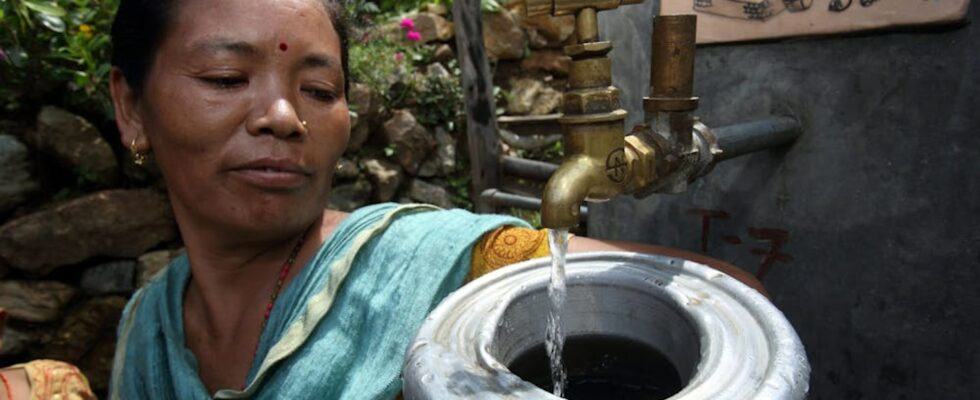It will be safer to be a child in Nepal. In recent decades, the poor, mountainous country has taken great steps to ensure clean drinking water and better toilet conditions in both mountain villages and the capital, Kathmandu. This means that the number of diarrhea cases has increased in the country. It saves thousands of lives in Nepal. In poor countries, diarrhea is not a harmless, unpleasant affair with stomach cramps and frequent visits to the toilet, as is the case with most cases in our latitudes – but it can be fatal. In fact, diarrheal diseases are the third leading cause of death for children under the age of five worldwide, either due to severe dehydration or severe bacterial infections. But the prevalence of diarrhea in Nepal has fallen sharply after a major effort to ensure better toilet conditions and safe access to clean drinking water. This means that the number of deaths has fallen sharply. In 1990, diarrhea killed more than 21,000 people in Nepal, including 14,000 children under the age of five. This year, new figures have come in showing the development up to 2021, and they show that the death toll has fallen to just over 4,000 deaths from diarrhoea, including around 600 children under the age of five. Safe toilets save lives One of the major causes of diarrheal diseases is poor or no toilet conditions, which means that bacteria from faeces are spread into, for example, drinking water. And we are not going back many decades before toilets were a rarity in Nepal. In 1980, only two percent of the population had access to a toilet, writes the Ministry of Water Supply in Nepal. This meant that millions of Nepalese had to defecate in the open, in rivers, along roads and railway tracks. But the country has put a lot of effort into both building toilets and changing toilet habits – and it has worked. At the turn of the millennium, 69 percent of Nepalese went to the toilet in the open, but this has fallen to seven percent, figures from the World Bank show. At the same time, more than nine out of ten people now have access to clean water in the country.
ttn-70
Clean drinking water and more toilets save children’s lives in Nepal

